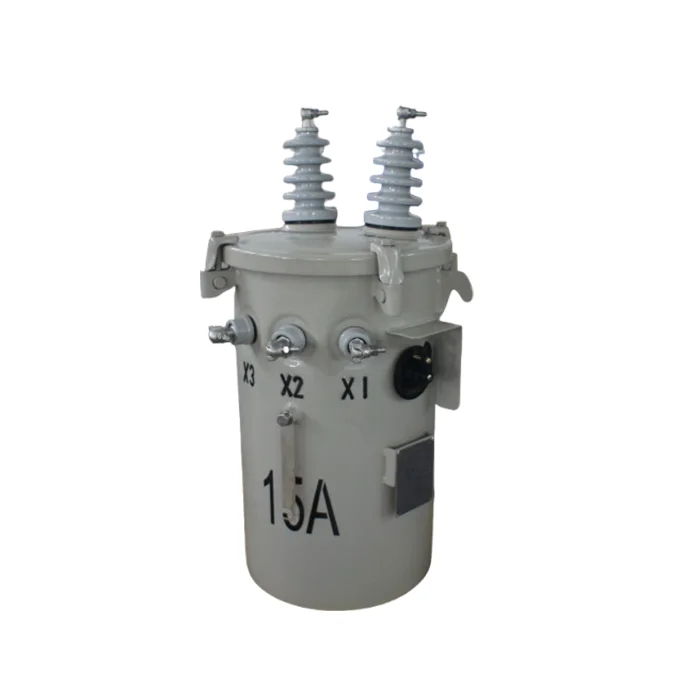Graphite, a naturally occurring form of carbon, is renowned for its unique properties that set it apart from other materials. Its versatility and distinctive characteristics make it invaluable across a multitude of industries, from electronics to manufacturing. This article delves into the special qualities of graphite, exploring the reasons behind its remarkable properties and the diverse applications that benefit from them.
- Distinctive Atomic Structure 1.1. Layered Hexagonal Network
- Structure: Graphite's structure consists of layers of carbon atoms arranged in a hexagonal lattice. Each carbon atom is bonded to three others in a planar, trigonal configuration, forming strong sigma bonds within the plane.
- Bonding: The layers are held together by weak van der Waals forces, which allow them to slide over each other easily. This unique bonding arrangement is responsible for graphite’s characteristic lubricating properties and its ability to be used in various applications. 1.2. Delocalized Electrons
- Electronic Structure: The carbon atoms in graphite have sp² hybridized orbitals, creating a network of delocalized pi electrons above and below the plane of the hexagonal layers. This electron delocalization is key to many of graphite’s remarkable properties.
- Exceptional Physical Properties 2.1. Lubrication and Smoothness
- Layered Behavior: The weak van der Waals forces between layers in graphite make it an excellent lubricant. When layers slide over each other, graphite provides smoothness and reduces friction. This property is utilized in various industrial applications, such as lubricants, greases, and as a dry lubricant in situations where wet lubrication is impractical. 2.2. Electrical Conductivity
- Conductivity: Graphite’s delocalized pi electrons allow for efficient electrical conductivity. Unlike many non-metallic substances, graphite can conduct electricity due to these free-moving electrons within the planes. This property makes graphite indispensable in applications such as batteries, fuel cells, and electrochemical processes. 2.3. Thermal Conductivity
- Heat Transfer: Graphite also exhibits high thermal conductivity within its planes, enabling effective heat transfer. This makes it valuable in high-temperature applications, including as a component in heat sinks and in materials used for high-temperature processes.
- Versatile Applications 3.1. Industrial Uses
- Lubricants: Graphite’s ability to function as a dry lubricant has made it a staple in various industrial processes, including those involving high pressures and temperatures.
- Refractories: Graphite is used in the production of refractories due to its high melting point and resistance to thermal shock. It is employed in furnaces, crucibles, and other equipment that must withstand extreme conditions. 3.2. Electronics and Energy
- Batteries and Fuel Cells: In the realm of electronics, graphite is used in batteries and fuel cells, where its electrical conductivity is crucial for performance.
- Electrodes: Graphite electrodes are essential in electric arc furnaces for steel production and in other high-temperature electrochemical processes. 3.3. Materials Science
- Composite Materials: Graphite is incorporated into composite materials to enhance their strength and thermal conductivity. These composites are used in various high-performance applications, including aerospace and automotive industries.
- Graphene Derivatives: Advances in material science have led to the development of graphene, a single layer of graphite, which has even more remarkable properties, such as higher electrical conductivity and strength.
- Unique Chemical Properties 4.1. Chemical Stability
- Reactivity: Graphite is chemically stable and resistant to many acids and bases, making it suitable for use in environments where chemical resistance is necessary.
- Inertness: Its inertness in many chemical reactions adds to its appeal for various industrial applications, where durability and resistance to corrosion are important. Conclusion
Graphite’s unique atomic structure, combined with its exceptional physical and chemical properties, distinguishes it as a special material with wide-ranging applications. The layered hexagonal network and delocalized electrons contribute to its lubricating abilities, electrical and thermal conductivity, and chemical stability. These attributes make graphite invaluable in industries ranging from electronics to high-temperature manufacturing. As technology and material science advance, the importance of graphite continues to grow, further establishing its role as a critical and versatile material in modern applications.







